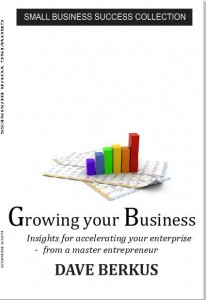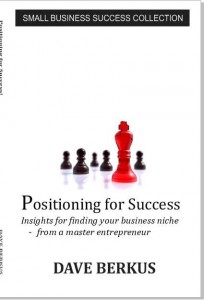Over the years I have heard many stories from entrepreneurs, students, news reporters, even my children, all telling me that they could not get someone’s attention they wanted or needed until they used the words, “Help me.” The simple request is disarming, enlarging the object of the request to a status of importance in respect to the questioner that is difficult to ignore.
There is a bit of the teacher in all of us, and a request for help is a natural trigger to bring this out. And there should be an equal – if not stronger – bit of a student in each of us as well, allowing us to drop our egos a notch and actually ask for help when we need it. There is no shame in admitting ignorance in even the most unusual of circumstances. Yes, this is true, even when we may think we know the answer in advance.
One of the many important tactics in negotiation is the strategic use of the words, “Help me,” when attempting to understand the position of an adversary. Suddenly that person is in a position to explain the reasons behind a position, or facts that may not have been available to you, all in order to support his or her position. Armed with those new facts, a good negotiator can often craft a solution that addresses those concerns and achieves the goals of both parties.
[Email readers…continue here.] Reporters and students learn this early when they attempt to get the attention of a busy CEO or politician. “I am a student studying your industry for a term report. Could you help me understand your issues so I can be sure to cover them in my research?” There are an untold number of doors opened and hours spent by very busy people in response to such simple outreaches asking “Help me.”
 Instead of hiding your ignorance about an issue in a discussion, a term used by someone on the other side of the table, a position taken by an emotional employee, stop and ask “Help me to understand.” I’ll bet that nearly every time, the other person will pause and spend time teaching that would have been spent in persuasion.
Instead of hiding your ignorance about an issue in a discussion, a term used by someone on the other side of the table, a position taken by an emotional employee, stop and ask “Help me to understand.” I’ll bet that nearly every time, the other person will pause and spend time teaching that would have been spent in persuasion.
How about asking for help when you do not know a process, the kind of help that might take hours or days of training, not just minutes of explanation? A busy person hearing this kind of request may respond with: “I know of a book” or “Here is a resource,” or “Sure, you can sit in on our next training class.” I have never heard an “I can’t do that for you” in response to a “Help me” request.
And far beyond a simple technique in negotiation or attempt to access a busy executive, these two words are the key to lifelong learning. Who among us can’t use that?


